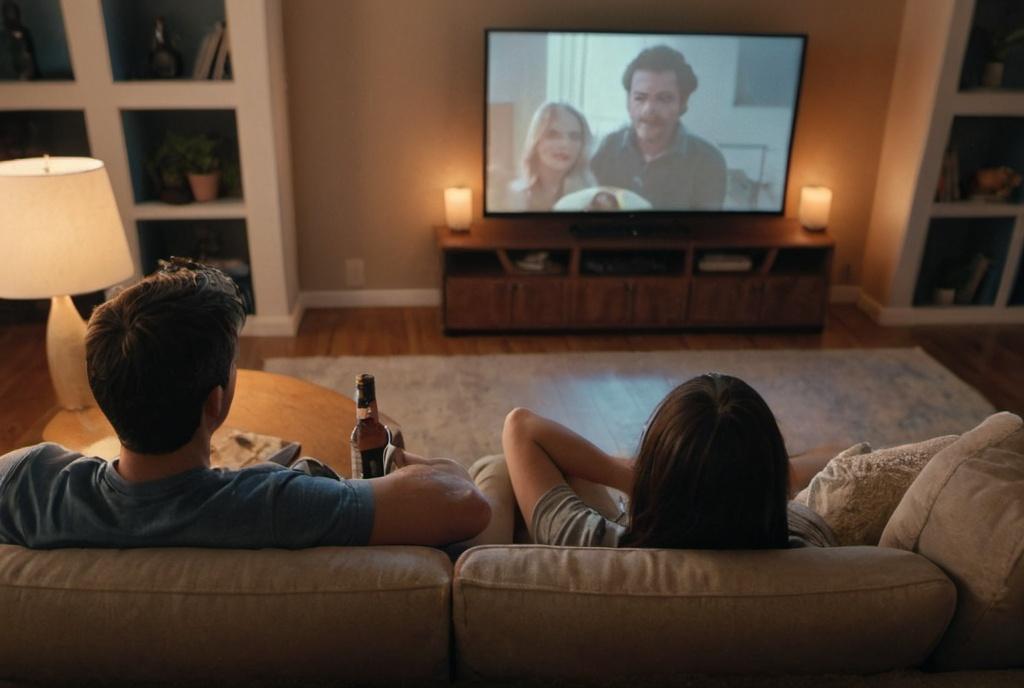
Key Take Aways About blocking scenes for camera
- Blocking scenes is essential in filmmaking for coordinating actors, cameras, and audience attention.
- Acts as a blueprint for a scene’s emotional and thematic depth, revealing character dynamics.
- Camera angles complement blocking to enhance visual storytelling and audience connection.
- Different genres require distinct blocking approaches to match tone and style.
- Modern tech like previsualization enhances efficiency and creativity in blocking.
- Classic films demonstrate mastery in blocking, offering valuable lessons for new filmmakers.

Blocking Scenes for Camera: An Essential Part of Filmmaking
In the moviemaking biz, blocking scenes ain’t just about telling actors where to stand. It’s a whole orchestration between actors, cameras, and sometimes even the audience’s attention. Imagine it as a dance, where every step is planned to tell a story or evoke an emotion. With each scene, directors and cinematographers work together to choreograph movements to ensure the frame’s got perfect composition and meaningful subtext.
The Role of Blocking in Cinematic Storytelling
Blocking is like the blueprint to a scene’s emotional weight and thematic depth. It’s not just about showing a character’s movement but illustrating the relationship and power dynamics between characters. The distance between them or who stands where can clue you into who’s got the upper hand or who’s feeling vulnerable. In a high-stakes negotiation scene, the person seated behind a desk might wield more power than the one standing. Blocking can subtly steer the audience’s perception without needing a single word of dialogue.
Camera Angles and Blocking: A Symbiotic Relationship
Camera angles play a crucial part in blocking. Consider the difference between a wide shot and a close-up. A wide shot has the power to establish a location or present the physical distance between characters. Meanwhile, a close-up can zoom into the character’s emotions, allowing the audience to connect on a more personal level. When these tools work hand in glove with blocking, the visual storytelling becomes richer and engaging.
Let’s not forget the lowly tracking shot, famous for its fluid movement following the subject, bringing an immersive feel to the scene. Good craftsmanship in a tracking shot requires meticulous blocking to ensure the smooth choreography of camera and actors, creating an illusion that keeps the audience glued to the screen.
Blocking for Different Genres
Now, not every scene needs the same treatment. You won’t block a slapstick comedy the same way you block a sob-inducing drama. In comedy, timing is everything. A well-timed pratfall or a character entering at the wrong moment—that’s gold. On the flip side, a horror flick might take advantage of tighter blocking and confined spaces to build suspense or unease.
Technology’s Role in Modern Blocking
Today, fancy tech like previsualization software gives directors a sneak peek of how the blocking will look. They can map out movements in a virtual environment before a single camera rolls. This saves time and money on set while allowing more room for creative experimentation.
Case Studies in Blocking Mastery
Classic films have showcased exceptional blocking that remains iconic. Take “The Graduate” for example. The haunting shot of Benjamin Braddock framed between Mrs. Robinson’s leg articulated the whole complexity of their relationship without needing to spell it out. Every move, every glance in that scene was a calculated part of the blocking.
Another standout is Martin Scorsese’s “Goodfellas,” with its legendary single-take tracking shot through the Copacabana club. The blocking here isn’t just about looking cool—it pulls the audience into the world, making them feel they’re part of the action.
Takeaway for Aspiring Filmmakers
If you’re jumping into film, wrap your head around blocking and how it syncs with camera work to elevate storytelling. Watch old classics and notice how directors use space and motion—it’s like a free class. With some practice, you’ll be able to use blocking to communicate beyond words, creating scenes that stick with the audience long after the credits roll.



